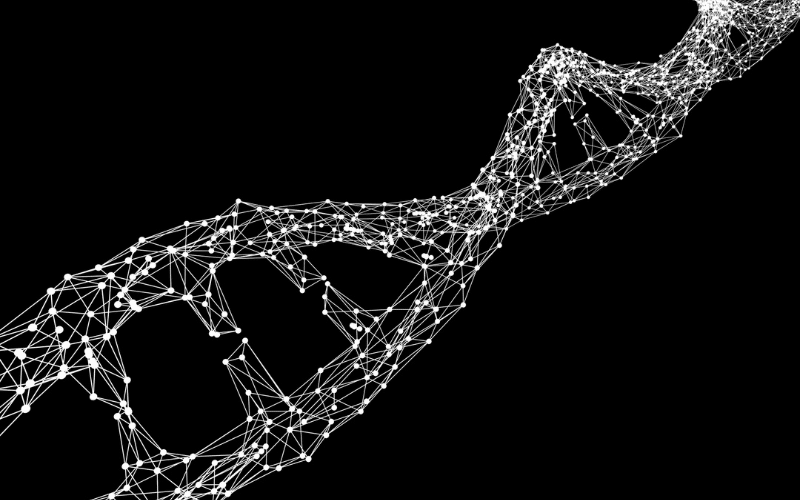2. Genetic Ties: The Inherited Nature of Juvenile Huntington’s Disease

The fabric of Juvenile HD is woven with genetic threads. It’s an inherited disease, meaning it’s passed down from parent to child. This genetic factor is a key player in the disease, making it a permanent resident in the lives of those affected.
Being an autosomal dominant disorder, a child only needs to inherit the faulty gene from one parent to develop the disease. The chances of a child inheriting the gene from an affected parent are 50%, regardless of the child’s sex.
But the genetics of Juvenile HD is not as straightforward as it may seem. The disease is linked to a mutation in the HTT gene. The mutation involves a DNA segment known as a CAG repeat. The more repeats a person has, the earlier the disease tends to appear.
The genetic aspect is a double-edged sword. On one hand, it’s a daunting reality for those with the disease in their family. The knowledge that there’s a 50% chance they could pass on the disease to their child is a heavy burden to bear.
On the other hand, the genetic factor has paved the way for advancements in testing and treatment. Genetic testing can confirm the presence of the faulty HTT gene, even before symptoms appear. It has enabled researchers to get a step closer to understanding the disease and developing effective treatments. (2)